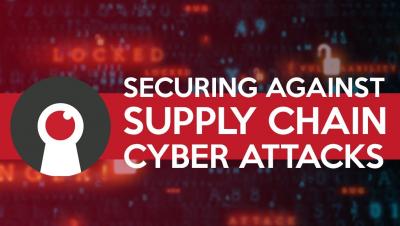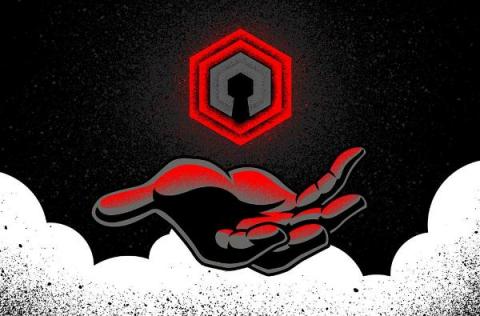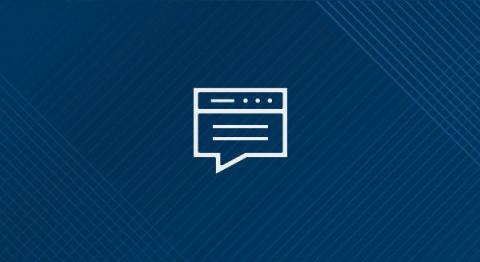Seamless Response to Ransomware and a Cyber Resilience Upgrade
A major logistics company was hit by a ransomware attack at a time when it was reviewing and upgrading its cybersecurity defense. Kroll provided seamless incident response to enable the company to act quickly to mitigate and minimize the damage caused by the attack. The company also deployed Kroll Responder, Kroll’s award-winning Managed Detection and Response (MDR) solution, giving it comprehensive 24/7 visibility and management of threats and enhancing its long-term cyber resilience.










